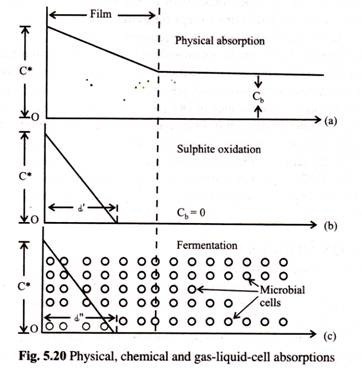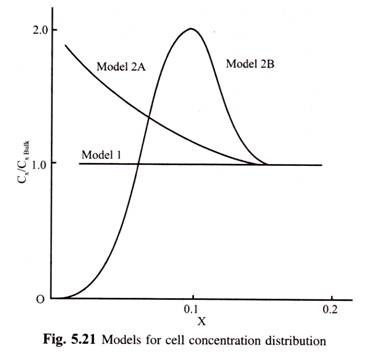Flow of Energy in form of Food within an Ecosystem!
You know that there is a flow of energy in the form of food within an ecosystem.
The flow of this energy is unidirectional, i.e., it flows in one direction—from the producers to the consumers at successively higher trophic levels.
This energy cannot flow back because a higher-level consumer such as a snake cannot be food for a lower-level consumer such as a rabbit. Let us now look at the flow of energy a bit more closely.
Green plants absorb a very small fraction (about 1%) of the solar energy reaching the outer part of the atmosphere. Through photosynthesis they convert this energy into chemical energy, which is stored as food (carbohydrates).
A part of the trapped energy is used by plants in metabolic activities like the growth of new tissues, and a part of it is lost into the surroundings as heat. The remaining energy is available as food to primary consumers. Thus we see that only a fraction of the energy absorbed by plants is finally available to the next trophic level.
When primary consumers like deer eat plants, they get the available energy in plants. Some of this energy is used for activities like moving, digesting, etc., and some of it is lost as heat. Only about 10% of the available energy in the food gets transformed into new tissues (flesh) of the deer.
This is available to the carnivores (secondary consumers) at the next trophic level. At this level too, the usage, loss and storage of energy follow the same pattern. And this continues at every trophic level. Apart from this, energy from dead plants and animals is transferred to the decomposers.
We find that when energy flows from the producers to the consumers at different levels, there is a loss of energy at each trophic level. It has been found that only about 10% of the energy available to a trophic level is transferred to the next higher level. This is called the ten per cent law.
Let us look at an example. If 10,000 kilocalories of energy are available to grass (producers), 1,000 kilocalories of energy would be available to grasshoppers (primary consumers), 100 kilocalories would be available to frogs (secondary consumers) and only 10 kilocalories would be available to snakes (consumers of the third order). After this, very little energy would be left for the next level. So, food chains generally have up to three or four trophic levels.
Now, the organisms at a trophic level are food for the organisms at the next higher trophic level. But there is a loss of energy as one goes from a lower to a higher trophic level. Therefore, the organisms at the higher level need to eat a large amount of food to fulfill their requirement of energy.
So, the number of organisms at a lower trophic level is usually more than that at the next higher trophic level. If the numbers of organisms at different trophic levels are represented graphically, a pyramid is formed, which is called the pyramid of numbers.


